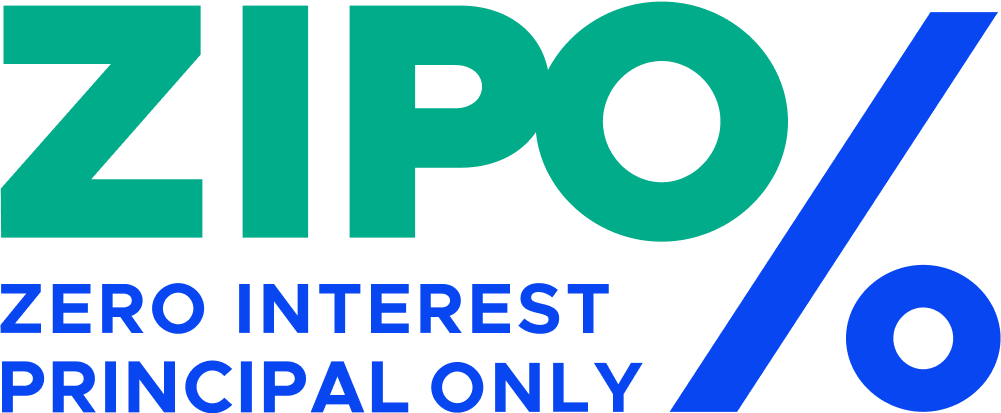NEWS
When Do You Draw the Line For Student Loans
At this point, you’ve likely heard at least one story of a college graduate struggling to keep their head above water while they struggle with their loan repayments. While low-income earners tend to struggle more with other types of loans, educational debt seems to hurt everyone. From doctors to software developers and high school teachers, no one is immune to falling behind on their payments during the current student debt crisis. Hearing these stories is disheartening, but they shouldn’t dissuade you from getting an education.
Instead, you can use these stories as motivation to be as cautious as possible about taking out new loans. Knowing when to draw the line on accumulating more debt requires a fine balance of figuring out how much it really needs to cost to meet your goals without skimping on your education. Following these strategies can help you avoid taking on more of a loan than you can afford while also paving the way for a brighter financial future.
Consider the Repercussions of Over-Borrowing
When you’re just starting out, it can be hard to think about how the things you do today could impact you thirty years down the road. However, the repercussions of borrowing too much could cause you to delay important life goals. For instance, you may not be able to afford a home mortgage if your monthly payments on educational debt are already eating up your paycheck. Or, you might find yourself stuck with higher interest rates on auto loans if you get behind on your payments and ruin your credit. Even being able to save up for your retirement could be impacted by over-borrowing. Keeping these consequences in mind makes it easier to think rationally about how much debt you accept.
Compare Monthly Repayment Estimates to Your Expected Income
Figuring out what your future payments will look like is as easy as doing a little math or using an online calculator. Checking to see what your monthly payments will look like if you take out a $20,000 loan versus a $50,000 one can be an eye-opening experience. From there, you might also want to analyze what this amount looks like compared to what your anticipated monthly income is based upon your career field. Creating a mock budget can help you see just how much a specific amount can impact your lifestyle.
Be Realistic About the Benefits of Taking On More Debt
As with other major decisions, it helps to do a cost-benefit analysis. Take a few minutes to think about what you really get with a bigger loan. Are you aiming to go to an out-of-state college just so that you can stay with your high school friends? If so, then you might be paying too much when you could end up going your separate ways once school starts. Or, that pricy university might be important for helping you to make the right connections for a lucrative legal or tech career. Weighing out the benefits against the costs helps you decide what is worth investing more money in for your education.
Explore Your Options for Lowering the Cost of an Education
Bigger isn’t always better when it comes to student loans. Seeing a large number on your offer might seem enticing, especially when you’re struggling with paying for tuition, books and a dorm. Taking a step back to fully think things through could reveal that you don’t have to take out a larger loan. Going to community college might be more affordable compared to an expensive private university, or you might be able to live with your parents rather than in a pricy dorm room.
No matter where you choose to draw the line, even having to think about this decision is a sign that it is time to take a stand on exorbitant educational costs. Sharing your story or contacting political decision-makers are two easy ways to draw your line in the sand about why interest-free loans are an important way to help borrowers get an education without taking such a huge hit to their post-education budgets.
